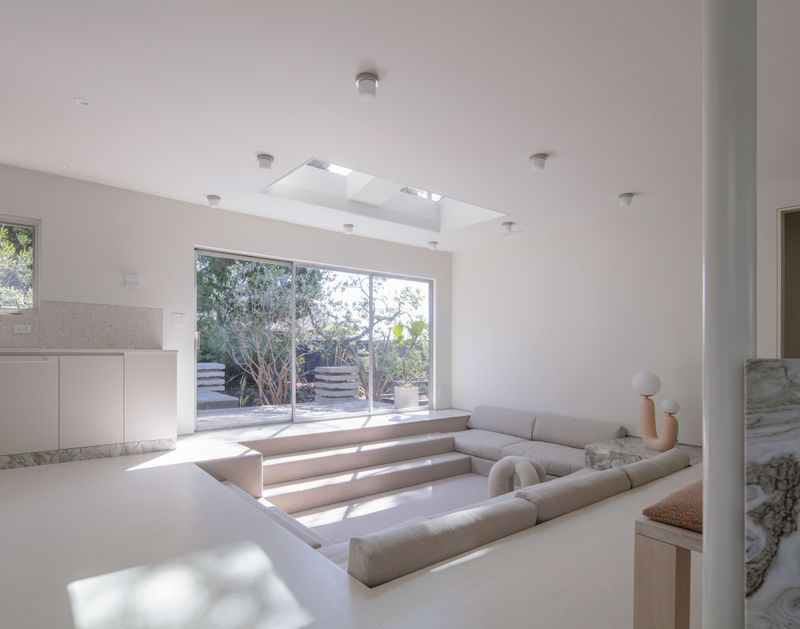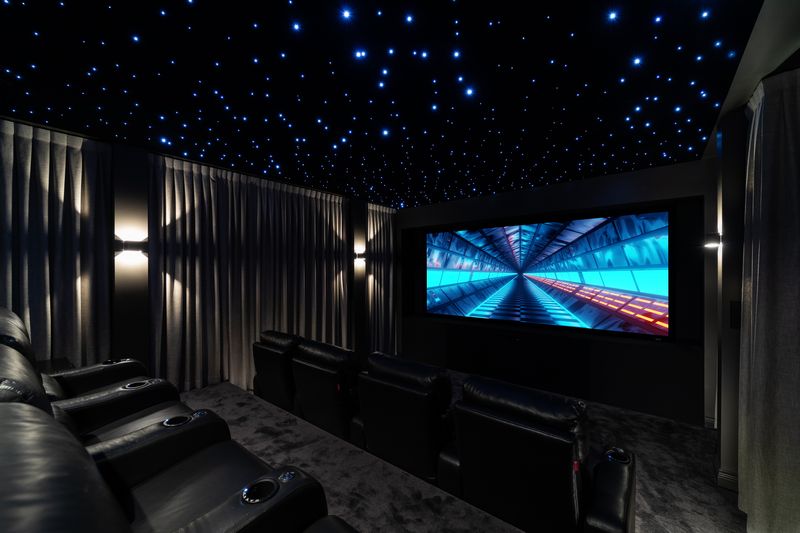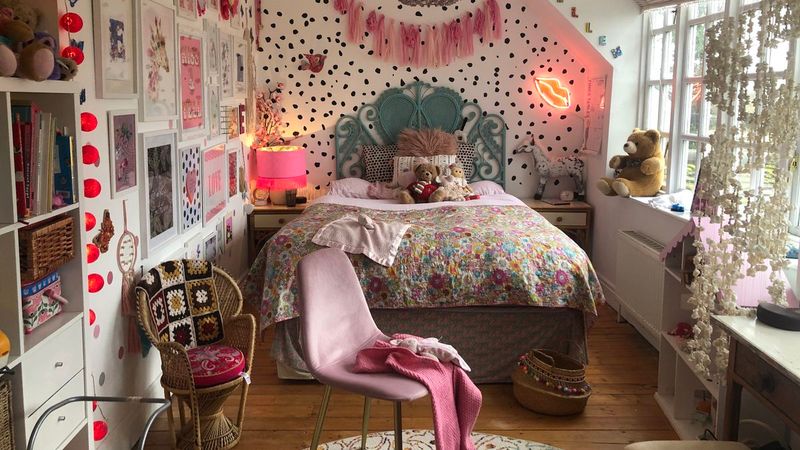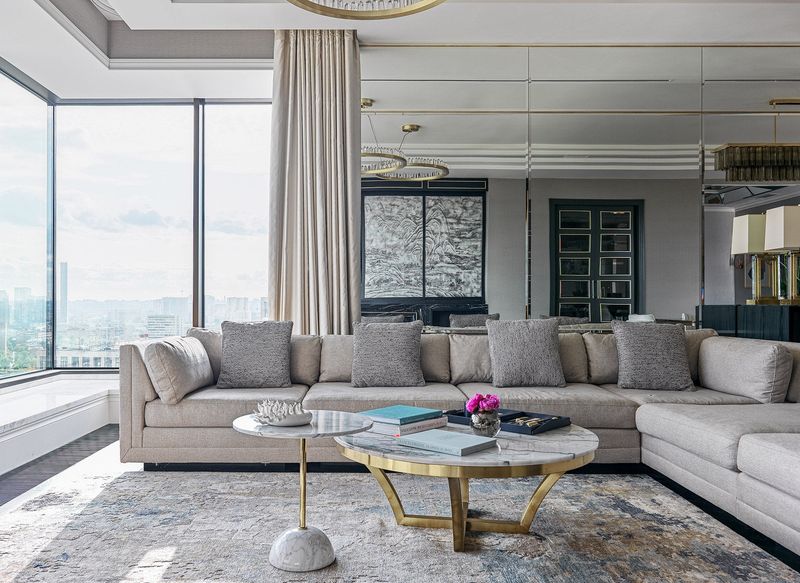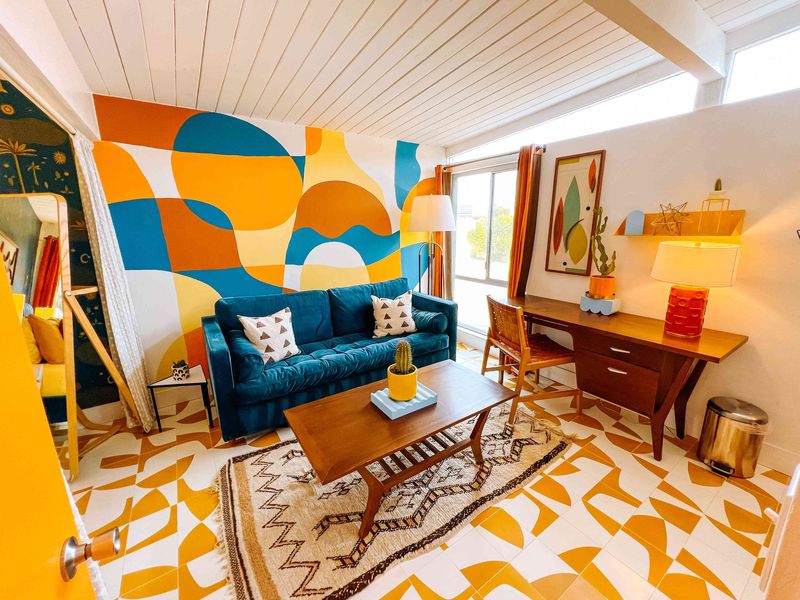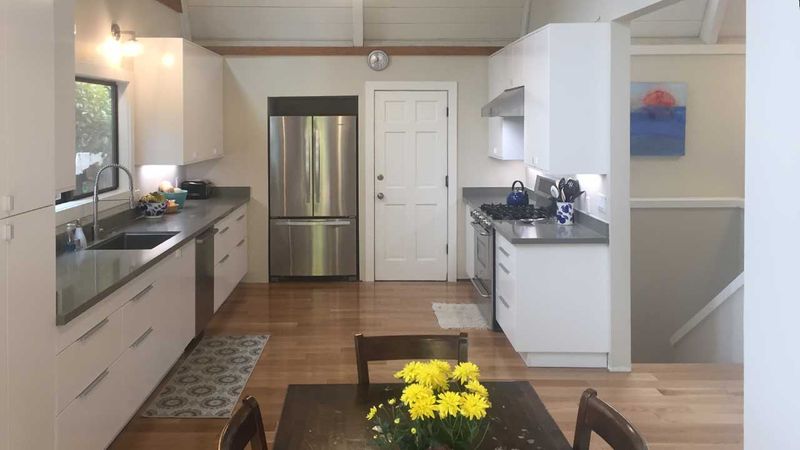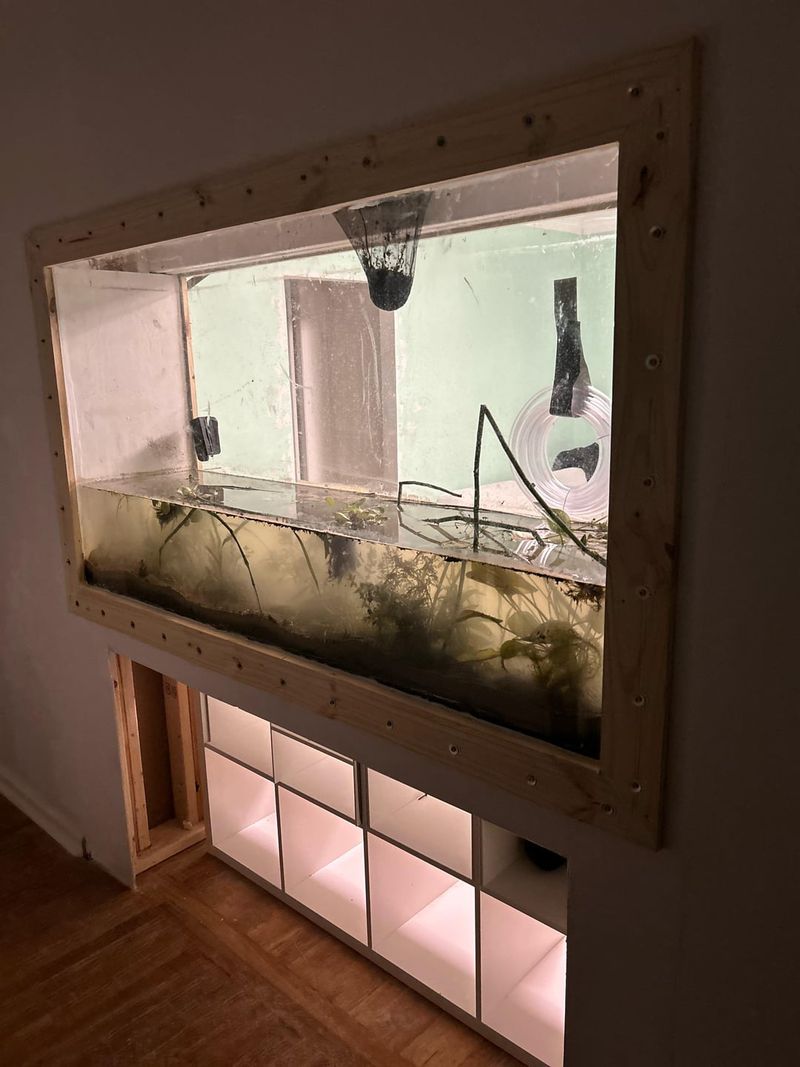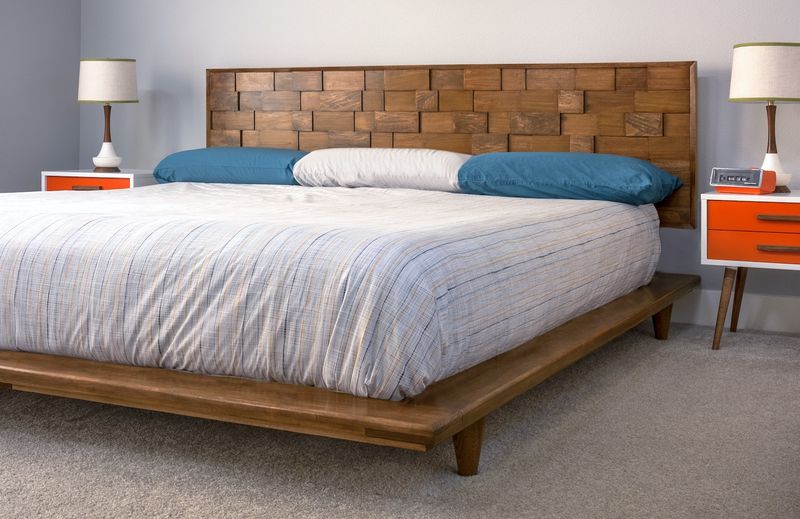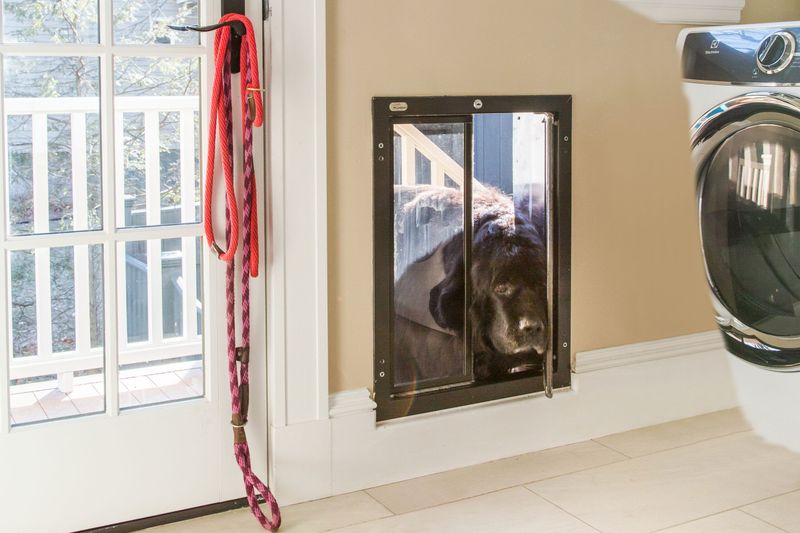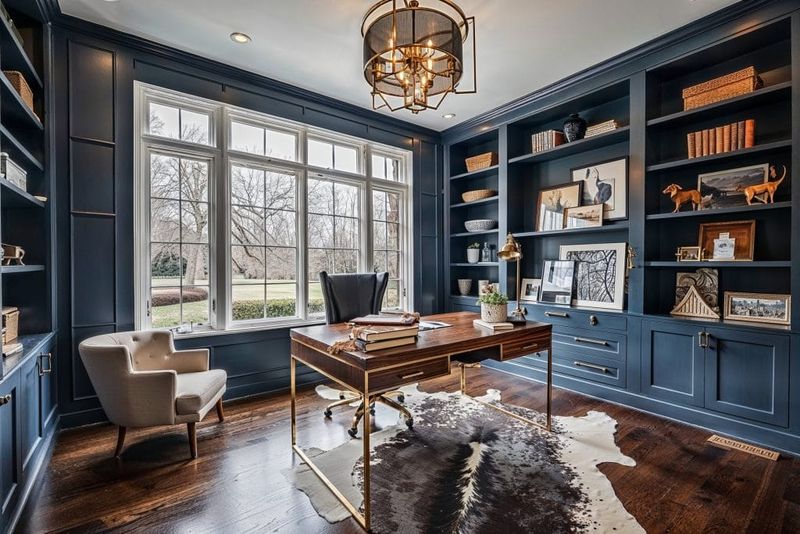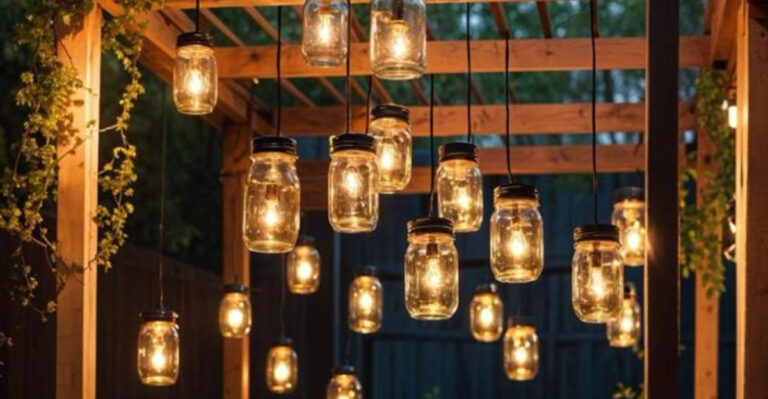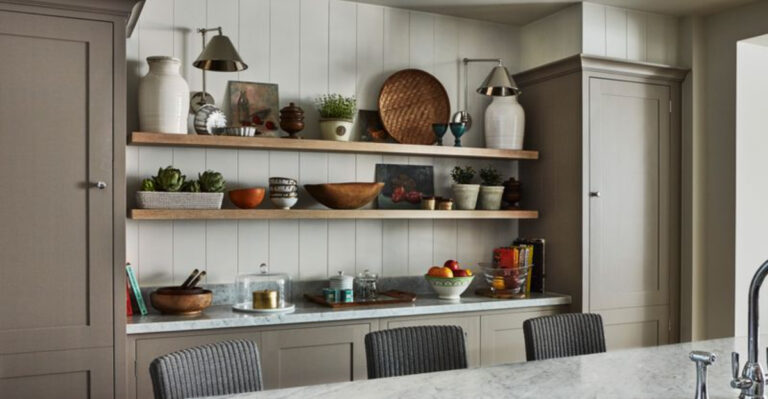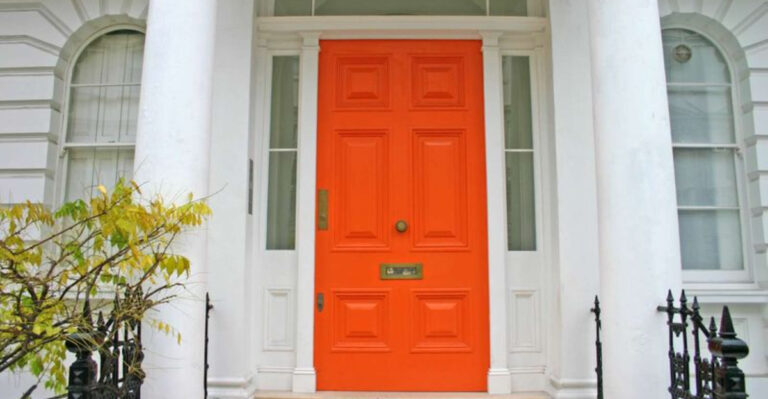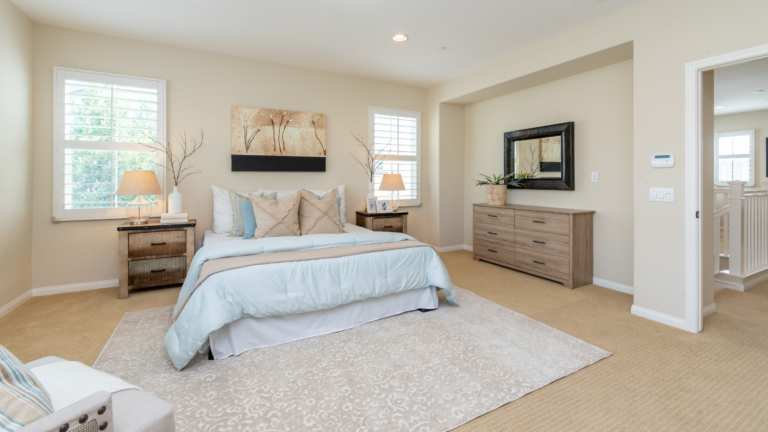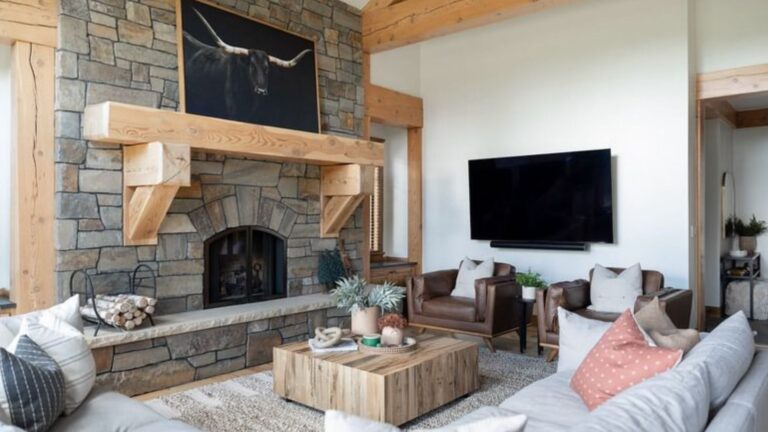15 Popular Home Additions That Actually Make Buyers Walk Away
Thinking of upgrading your home before selling? Not all improvements actually boost your property value.
Some trendy additions might seem like a great idea to you, but can actually send potential buyers running for the door.
Before you invest in that dream renovation, check out these popular home additions that real estate agents say often backfire when it’s time to sell.
1. Sunken Living Rooms
Remember when these were the height of 70s luxury? Today’s buyers see them as accident-prone hazards and renovation headaches. Most house hunters envision tripping disasters, especially for elderly visitors or young children.
The multi-level design creates accessibility issues and complicates furniture arrangement. Plus, bringing these relics up to floor level often costs thousands – money that buyers would rather not spend after purchasing a home.
2. Overly Personalized Home Theaters
While movie buffs might dream of stadium seating and built-in popcorn machines, most house hunters see dollar signs – and not in a good way. Custom theaters with permanent seating arrangements limit how the space can be used.
The specialized wiring, unusual lighting, and sound-proofing elements often require expensive modifications to convert back to a normal room.
3. Jacuzzi Tubs in Bedrooms
What seems romantic to one homeowner often reads as bizarre and impractical to buyers. The humidity from an in-bedroom jacuzzi can damage flooring, furniture, and even clothing in closets.
Maintenance concerns about mold and water damage raise immediate red flags. Not to mention the awkward layout challenges these create – most buyers prefer their bathing facilities properly contained in bathrooms where plumbing and moisture barriers are designed for water features.
4. Overly Themed Rooms
Your Mediterranean-inspired villa room complete with faux columns and ceiling murals might be your pride and joy, but buyers see only the work needed to neutralize it. Heavy themes like princess castles, sports bars, or tropical paradises limit imagination.
Extensive themed renovations often require significant demolition and reconstruction, making them expensive obstacles rather than selling points for the average buyer looking for move-in ready homes.
5. Converted Garages Without Permits
That bonus room might seem like a brilliant use of space, but without proper permits, it’s a liability nightmare. Mortgage lenders often refuse financing for homes with unpermitted conversions, severely limiting your buyer pool.
Insurance companies may deny claims related to these spaces. Even worse, local building authorities can force new owners to tear out the conversion and restore the garage to its original purpose – a costly surprise no buyer wants to inherit.
6. Mirrored Walls
Once the epitome of disco-era chic, mirrored walls now make most buyers cringe. Beyond the dated aesthetic, they create practical problems – fingerprints, cleaning challenges, and distorted spatial perception.
Removing adhesive-backed mirrors often damages the drywall beneath, requiring complete replacement. For families with children, these reflective surfaces pose safety concerns. Rather than making spaces look larger, today’s buyers see these shiny surfaces as a renovation project they’d rather avoid altogether.
7. Brightly Colored Accent Walls
Bold color choices, especially in unusual locations, make it difficult for potential owners to envision their own style.
Dark colors can make spaces feel smaller and more confined. Even worse are textured paint techniques like sponging or rag-rolling, which require significant effort to remove. What took a weekend to create often takes buyers days of labor to undo.
8. Wall-to-Wall Carpeting
The soft padding underfoot might feel cozy to you, but today’s buyers immediately think about allergens, stains, and replacement costs. Modern homebuyers strongly prefer hard surface flooring for its durability and cleanliness.
Carpeting in bathrooms or kitchens raises immediate red flags about moisture issues and hygiene. Even in bedrooms, wall-to-wall carpeting (especially in bold patterns or colors) signals outdated design and potential hidden problems beneath that buyers would rather not inherit.
9. Textured Ceilings
Affectionately nicknamed “popcorn” or “cottage cheese” ceilings, these textured nightmares make modern buyers look up and groan. Beyond their dated appearance, they’re notorious dust collectors that are nearly impossible to clean.
In homes built before the 1980s, these textures may contain asbestos, adding remediation costs to removal. The scraping and refinishing process is messy, time-consuming, and often requires professional help. Most buyers mentally subtract thousands from their offer when facing these bumpy overhead surfaces.
10. Odd Kitchen Layouts
Kitchens sell homes – unless they feature bizarre layouts that prioritize form over function. Appliances placed too far from each other create inefficient work triangles that frustrate cooks.
Islands that block natural pathways or create bottlenecks become daily annoyances. Unusual height countertops, limited storage, or quirky features like built-in cutting boards that can’t be removed signal expensive remodeling ahead.
11. Oversized Aquariums
Built-in fish tanks might showcase your love for marine life, but buyers see only the specialized maintenance, electrical requirements, and potential water damage. These custom features typically weigh hundreds of pounds and require structural support.
Removal often damages surrounding walls and flooring. The prospect of inheriting a complex ecosystem that requires immediate attention creates anxiety rather than excitement.
12. Sunrooms with Poor Insulation
Glass-enclosed spaces that turn into saunas in summer and freezers in winter repel energy-conscious buyers. Poorly constructed sunrooms often suffer from temperature extremes that make them unusable for much of the year.
The high utility costs associated with heating and cooling these spaces raise immediate concerns. What should be a delightful connection to the outdoors instead becomes an expensive liability many buyers would rather remove than repair.
13. Built-In Platform Beds
Custom sleeping platforms might suit your specific mattress and style preferences, but they severely limit furniture arrangement options for new owners. These permanent fixtures make bedroom redesign nearly impossible without demolition.
Unusual dimensions often require custom mattresses that are expensive to replace. The lack of under-bed storage in many platform designs reduces practical space. Most buyers prefer the flexibility of traditional beds they can move, replace, or upgrade without bringing in a construction crew.
14. Permanent Pet Features
Your built-in doggie shower or custom cat walkways might pamper your pets, but they alienate buyers without furry friends. Specialized pet doors cut into expensive exterior doors or walls create security and insulation concerns.
Built-in feeding stations or litter box enclosures often look institutional rather than homey. Even pet lovers may not want these features in the same locations or configurations.
15. Too Many Built-Ins
Storage seems universally appealing until it dictates how every room must be used. Excessive built-in cabinets, shelving, and nooks remove the blank-canvas quality buyers crave when envisioning their own furniture placement.
Rooms that can only function one way due to permanent fixtures feel limiting rather than luxurious. The craftsmanship might be impressive, but most buyers prefer flexibility over commitment to your specific storage solutions.


